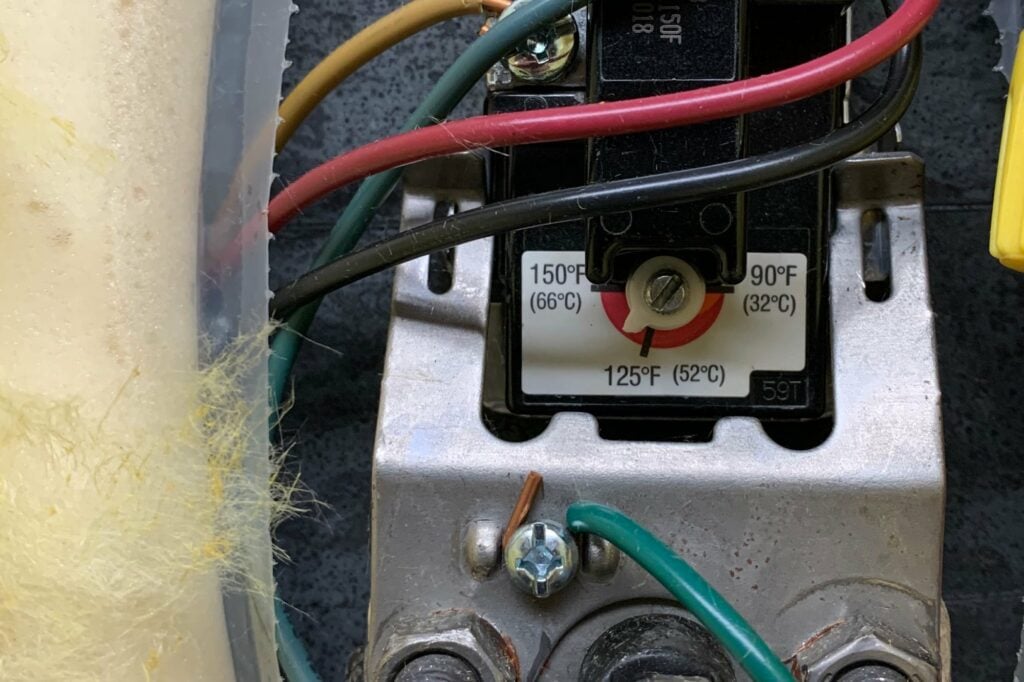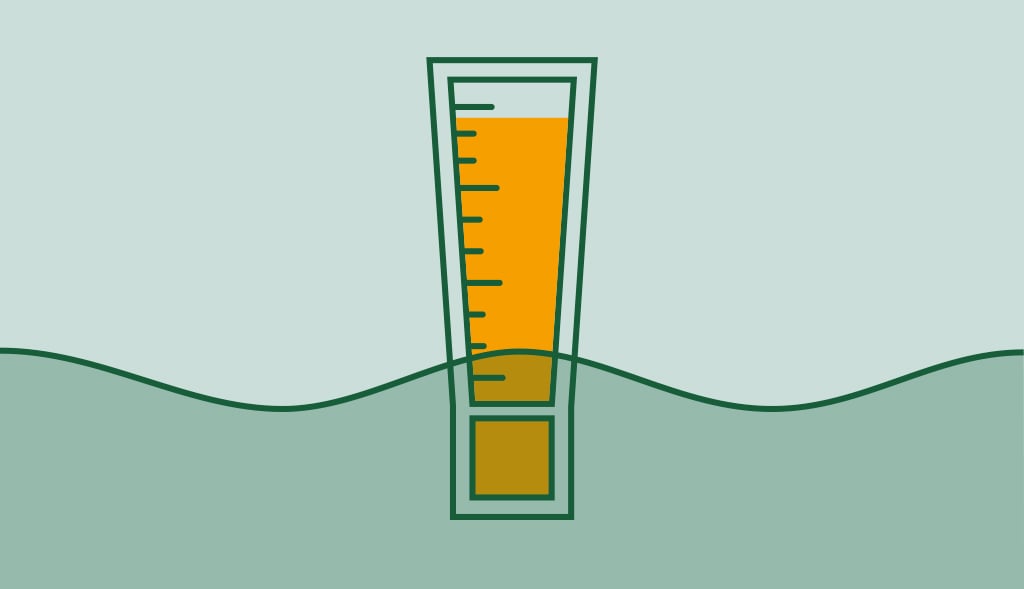How to Change Your Hot Water Heater Temperature In 6 Steps

Changing your hot water heater temperature is easy. However, before adjusting your hot water heater temperature, you should read our article : Hot Water Temperature: The Danger of Setting Your Water Heater Too Hot because if it’s set too high, it can cause severe burns. It it’s set too low, you can have some legionnaires disease developing in the water heater. In addition, if you are not comfortable changing the temperature yourself, we recommend you call a qualified plumber.
Every hot water tank has different panels that allow you to change set the temperature of your tank. Most of the panels are similar and even located in the same general areas no matter what type of water heater you have. Most electric water heaters have two thermostats.
On electric water heaters most have thermostats on the top, and one is on the bottom. Some water heaters have their thermostats behind an insulated control board. Tankless water heaters give you readouts and controls for temperature through a display window.
If you are running out of hot water, the problem can come from somewhere else. We have dedicated an entire blog post about this: No Hot Water? Here’s 8 Reasons Why And Quick Way To Fix It.
Series of Steps When Changing your hot Water Heater Temperature
You need to test your water before you ever change the settings on your water heater. You do this at a water faucet location by turning the hot water on and letting it run for a minute or two. Then use your meat thermometer to gauge what temperature your water is by holding it in hot water.
If you determine you need to adjust your hot water setting so the water gets hotter or cooler you can follow the below steps to make that happen for electric or gas water heaters.
- Always start by turning off the power supply going to the water heater. This usually involves turning off the power at your circuit breaker location.
- Go to the thermostat control panel. You may have to use a screwdriver to get access to the knobs that control your hot water temperature.
- If your water heater has insulation, you want to pull that away from the equipment you’re using so you have clear visual on what you’re doing.
- A flathead screwdriver is what you use most of the time to adjust your thermostat settings. Make sure you adjust both the upper and lower thermostat is you have two of them and make sure the temperature in both matches or the top thermostat can be a few degrees above the lower thermostat.
- Put all your insulation back and put the control panel back in its original position.
- Go to your circuit breaker location and flip your power back on. There are times you’ll need to relight a pilot light if you have a gas water heater.
You can’t use your thermostat to measure the hot water heater temperature right away. You have to give it at least three hours, and then you can test for your hot water temperature. If you are unsure of the ideal temperature for your hot water, we invite you to visit our article on this topic: Hot Water Temperature: The Danger of Setting Your Water Heater Too Hot.
If you have adjusted the hot water heater temperature and you don’t see any difference, the problem may be somewhere else. An older tank could be less efficient due to the build-up of lime on the heating elements. In order to avoid this situation, we always advise our customers to install a Corro-Protec powered anode. In addition to preventing corrosion in the tank, Corro-Protec reduces limescale build-up in the tank and ensures good long-term operation.






WHY change temperature on your heater?
The thermostat in a water heater is responsible for monitoring and controlling the temperature of the water within the tank. A temperature sensor and a control mechanism maintain the desired water temperature by activating or deactivating the heating elements.
A great way to maintain the optimal temperature and ensure energy efficiency and cost savings is to install a Corro-Protec powered anode to protect the elements from limescale.
GET your CORRO-PROTEC Powered Anode Rod !
Blog
Hot Water Temperature : Avoid Setting Your Water Too Hot
If your hot water temperature is set to 140 degrees Fahrenheit, it takes three seconds to burn your skin serious enough to require surgery. Three seconds isn’t long at all. […]
No Hot Water in Your House? Here’s What You Need to Know
It’s a scenario no one wants to encounter – you turn on the faucet expecting a comforting flow of hot water, and instead, you’re hit […]

